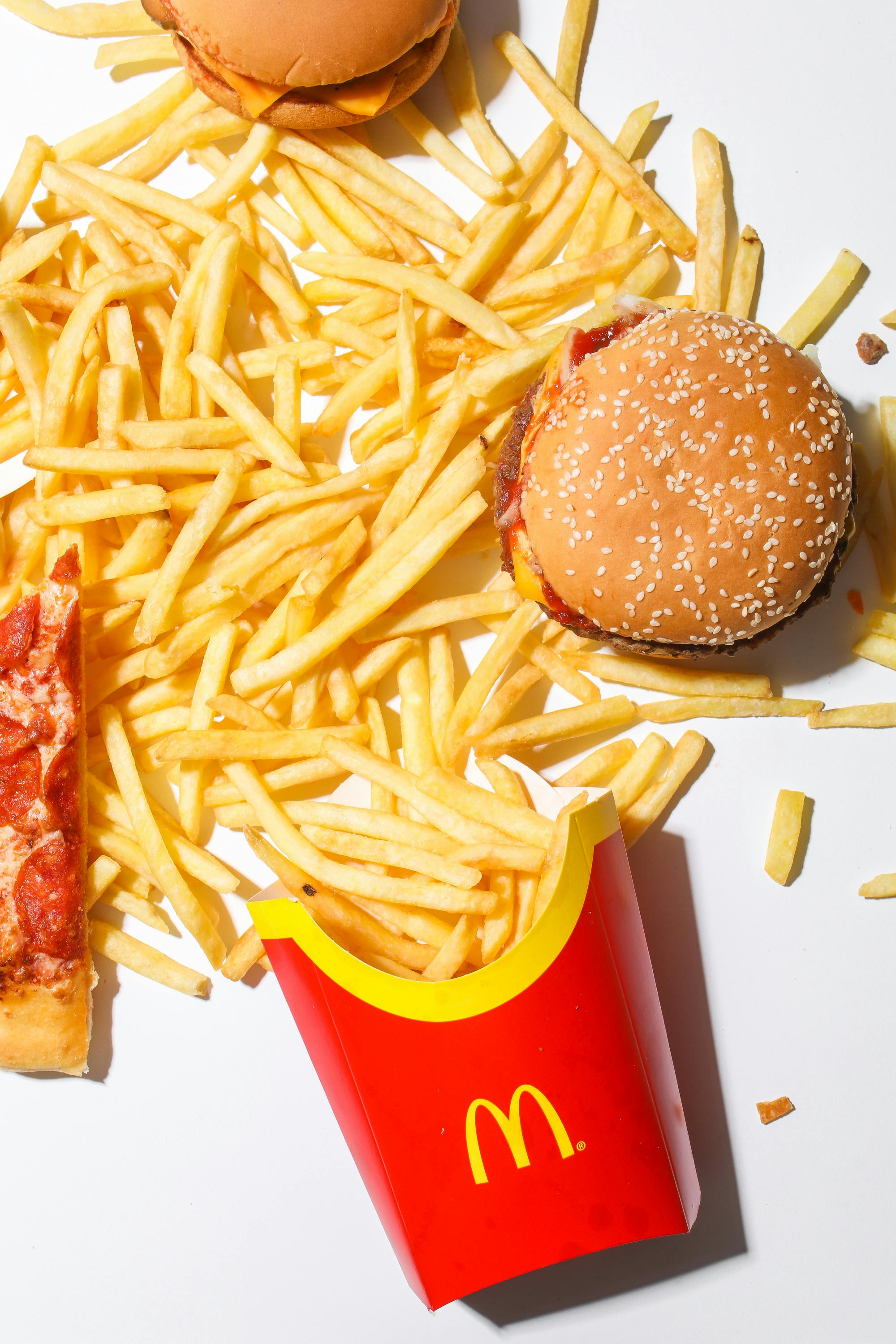Essential Guide to Making Your Own Lip Balm
Looking to improve your skin's hydration and care routine in 2025? Creating your own lip balm is not only a fun DIY project but also an excellent way to ensure that you know exactly what ingredients are going onto your skin. Many store-bought options can be laden with preservatives and artificial additives, so opting for homemade lip balm allows you to tailor your lip care to your personal preferences and skin needs. Furthermore, making your own natural lip balm offers numerous benefits, including being customizable to your favorite flavors and scents, using organic ingredients, and even gifting unique lip care products to your friends and family.
This article will explore effective ways to make lip balm that is not only moisturizing but also nourishing, looking at various ingredients and techniques. We will cover different recipes, the benefits of various components like shea butter and beeswax, and practical tips for creating a vibrant and effective lip balm collection.
In addition, we will delve into the lip balm business, providing insights into how you can promote and package your products successfully. By the end of this guide, you'll have all the knowledge needed to create not just simple lip balms, but also flavored, tinted, and even herbal varieties!
Get ready to transform your lip care routine with these effective DIY strategies!
How to Select the Best Lip Balm Ingredients
Choosing the right ingredients is key to formulating a perfect homemade lip balm. Starting with a solid foundation will guarantee moisture and care for your lips, especially during harsh weather conditions.
Essential Lip Balm Base Components
The primary ingredients in most lip balms typically include oils and waxes that provide structure and moisture. Popular options include beeswax, which creates a protective barrier, and coconut oil, known for its hydrating properties. Incorporating these into your DIY beauty regimen helps ensure a smooth application and contributes to the balm's overall effectiveness.
Moisturizing Agents
Moisturizing ingredients play a crucial role in making effective lip balms. Shea butter is celebrated for its deep nourishing properties, while almond oil adds lightweight hydration. Glycerin can also be beneficial, promoting moisture retention and smoothness. When crafting a nourishing lip balm, consider incorporating a combination of these agents for optimal hydration.
Natural Additives & Flavor Enhancements
Give your lip balm an exciting twist by adding flavors and fragrances! Natural essential oils, like peppermint or chamomile, can infuse your balm with delightful aromas and benefits. Beyond just scent, essential oils can also offer a range of properties — from soothing irritation to providing an invigorating cooling effect. Always ensure that any additives are skin-safe and appropriate for your audience.
Choosing Alternative Wax Options
While beeswax is the classic choice for lip balms, alternatives are available for those looking for vegan options. You can utilize candelilla wax or carnauba wax as plant-based substitutes that deliver similar texture and protection. This is particularly essential for creating an eco-friendly lip balm line that does not compromise on quality or texture.
Understanding Ingredient Safety
One important aspect of creating homemade lip products is ensuring the safety of your ingredients. Always research new components thoroughly and consider performing patch tests for those who may have sensitive skin or allergies. This ensures that your final product is safe for use by everyone, including the more sensitive customers.
Having covered ingredient selection, let’s move on to the next stage: the fun part—crafting your first batch of lip balm!
Step-by-Step Process to Create Your Lip Balm
With your ingredients chosen, you’re ready to dive into the practical aspects of making your lip balm. Here’s a straightforward tutorial to guide you through the process, ensuring you achieve perfect consistency and flavor.
Gathering Your Supplies
Before you start, assemble your supplies. You will need a lip balm making kit with containers (like jars or tubes), your chosen ingredients, a double boiler for melting, and any tools necessary for mixing and pouring.
Creating the Base: Melting the Waxes
To begin, measure out your wax (beeswax or alternatives) and oils. Place them in a double boiler, allowing them to melt slowly and evenly. Understanding how to melt beeswax properly is crucial to avoid overheating, which can compromise the quality of your base.
Adding Nourishing Oils and Essential Ingredients
Once the wax is fully melted, remove it from the heat and gradually mix in your hydrating oils. If you’re adding any essential oils or natural flavorings, this is the time to introduce them. Remember, a little goes a long way when adding fragrance.
Pouring into Containers
Using a dropper or a funnel, carefully pour the mixture into your lip balm containers. This should be done while the balm mixture is still warm and liquid to ensure a smooth pour. Be cautious to minimize spills for a clean presentation.
Cooling and Setting
Allow your lip balm to cool completely at room temperature until it is solidified. If you are eager to try out your new batch, you can place containers in the refrigerator to expedite the cooling process. Just remember, this should not exceed 10-15 minutes to avoid cracks.
Storing and Labeling Your Lip Balm
For storage, keep your homemade lip care products in a cool, dry place away from direct sunlight to maximize their shelf life. Proper labeling with ingredients and usage instructions is essential, especially if you plan to gift them or sell your creations. This adds a professional touch to your homemade beauty products!
Now that you know how to craft your DIY lip balm, let's explore some vitamin-rich recipes to enhance the moisturizing quality of your formulations.
Top Lip Balm Recipes for Every Need
Creating diverse lip balms tailored to specific needs enriches your lip care routine. Here are a few easy lip balm recipes you can try that incorporate various nourishing ingredients.
Shea Butter Lip Balm
This recipe is ideal for individuals looking to achieve smooth and hydrated lips. Start with equal parts of shea butter and coconut oil, adding beeswax for structure. Melt and pour as detailed in previous sections, and your shea butter lip balm will have those nourishing benefits locked in!
Beeswax Lip Balm with Cocoa Butter
A rich, creamy balm can be achieved by mixing beeswax, cocoa butter, and a light oil like sweet almond or canola. Cocoa butter adds exceptional moisture while lending a delightful chocolate scent.
Flavored Lip Balm Recipe
To make flavored lip balms such as berry flavored balm or peppermint lip balm, choose a base recipe and add a few drops of natural flavor extract. Ensure these flavorings are food-grade and skin-safe to avoid any potential irritation.
Tinted Lip Balm for a Natural Glow
For those who love a touch of color, adding a small amount of cosmetic mica or natural pigment can create a beautiful tinted lip balm. Experiment with various shades to find your favorite color match!
Vegan Lip Balm Made with Plant-based Ingredients
If you're following a vegan lifestyle, substitute beeswax for candelilla wax and utilize a mixture of plant oils. Essential oils can also be included to keep the formulation naturally aromatic without compromising your values.
Once you've mastered these recipes, you’ll have a variety of lip balms that cater to every possible need. Now, let’s shift focus slightly to the business side of crafting homemade lip balm.
Launching Your Own Lip Balm Business
Are you considering turning your passion for crafting into a business? The lip balm market is a lucrative niche, with consumers always searching for quality products that suit their specific needs.
Understanding Your Target Market
Identifying your target demographic is the first step in establishing your brand. Research popular trends in the cosmetic industry and analyze consumer preferences. This will help you tailor your products effectively.
Branding Your Lip Balm
Creating an authentic brand story and identity provides a strong foundation for your venture. Whether promoting your balms as a vegan-friendly option or highlighting organic ingredients, clear branding will resonate with your audience.
Promoting Your Products
Leveraging social media platforms, online marketplaces, and local fairs can best showcase your creations. Create eye-catching visuals of your products and engage with customers directly to foster loyalty and community.
Packaging and Labeling Lip Balm
Aesthetic and functional packaging are essential to your product's success. Invest in eco-friendly materials and ensure that your labeling includes necessary information such as ingredients, usage instructions, and shelf life. This not only informs your customers but also enhances your brand's image.
Legal Considerations and Regulations
Finally, understanding the regulations surrounding cosmetic sales is crucial. Research local and international laws governing lip care products to ensure compliance in practices and formulations. This not only protects your business but also builds trust with your customers.
With your lip balm business journey outlined, let's tackle some frequently asked questions and concerns next!
Q&A Section: Your Lip Balm Questions Answered
How long does homemade lip balm last?
The shelf life of homemade lip balm largely depends on the ingredients used. On average, it's advisable to use them within 6 to 12 months, especially if natural oils are used without preservatives.
Can I customize the scent of my lip balm?
Absolutely! You can customize your lip balm's fragrance by using different essential oils or flavor extracts. Just ensure they are skin-safe and appropriate for cosmetic use.
Are there any common allergens in lip balms?
Yes, ingredients like beeswax, nuts (like almond oil), and certain essential oils can elicit allergic reactions in some individuals. Always label your products clearly, and consider offering allergy-free options.
How can I package my lip balm effectively?
Use containers that are easy to use and environmentally friendly. Consider tins, tubes, or even eco-friendly cardboard applicators. Packaging should protect the balm while being visually appealing.
Can kids safely use homemade lip balm?
Yes, but you must avoid using any potential allergens and harsh fragrances. Focus on gentle, simple ingredients that cater to sensitive skin to keep little ones safe.
Now that we've covered all these aspects, you're on your way to successfully creating and potentially selling your own lip balms as you embrace a nourishing lip care routine for 2025!
 example.com/image2.png
example.com/image2.png
 example.com/image3.png
example.com/image3.png 